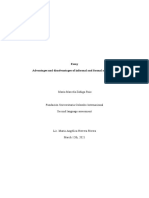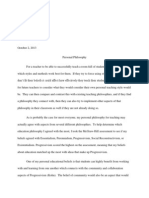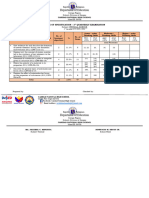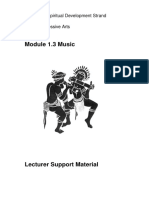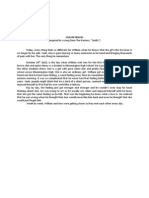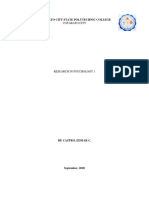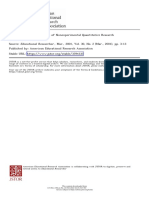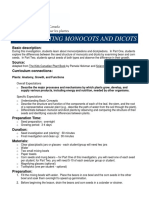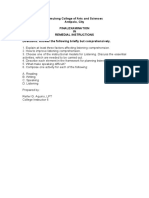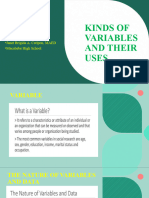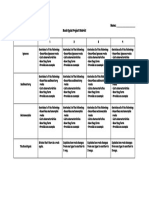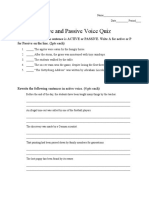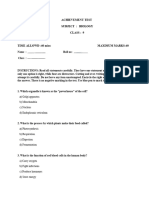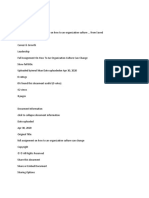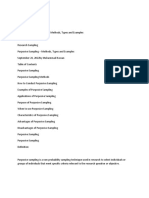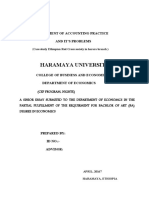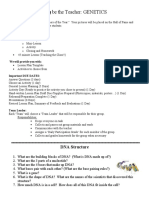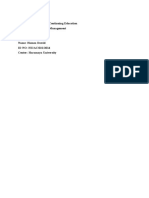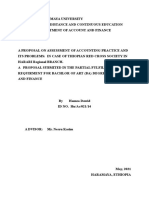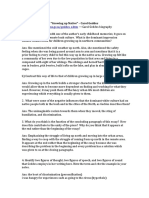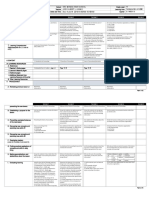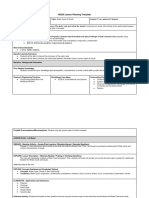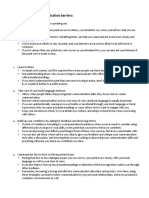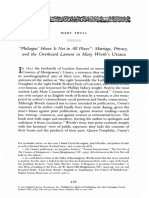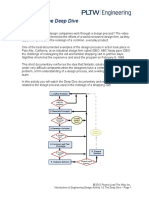0% found this document useful (0 votes)
1K views11 pagesQualitative Variable
The document discusses qualitative variables, which describe attributes or characteristics of data rather than numerical values. There are two main types: nominal variables where categories are not ordered, and ordinal variables where categories are ordered but distances between categories may not be equal. Qualitative variables are used in research to categorize data, compare groups, identify patterns, develop hypotheses, and inform decision-making. They have advantages like providing rich data about complex phenomena, but limitations include inability to perform mathematical operations.
Uploaded by
Hamza Dawid HamidCopyright
© © All Rights Reserved
We take content rights seriously. If you suspect this is your content, claim it here.
Available Formats
Download as DOC, PDF, TXT or read online on Scribd
0% found this document useful (0 votes)
1K views11 pagesQualitative Variable
The document discusses qualitative variables, which describe attributes or characteristics of data rather than numerical values. There are two main types: nominal variables where categories are not ordered, and ordinal variables where categories are ordered but distances between categories may not be equal. Qualitative variables are used in research to categorize data, compare groups, identify patterns, develop hypotheses, and inform decision-making. They have advantages like providing rich data about complex phenomena, but limitations include inability to perform mathematical operations.
Uploaded by
Hamza Dawid HamidCopyright
© © All Rights Reserved
We take content rights seriously. If you suspect this is your content, claim it here.
Available Formats
Download as DOC, PDF, TXT or read online on Scribd
/ 11

